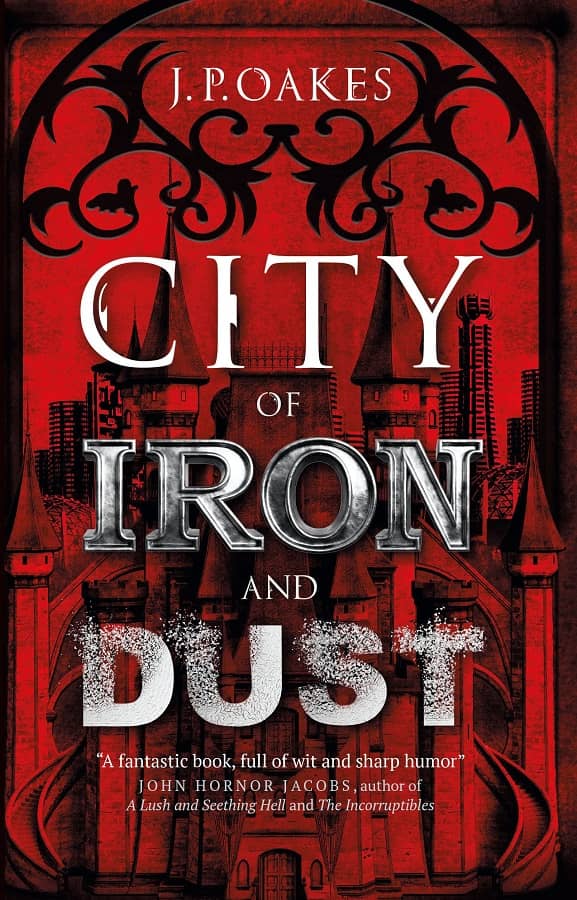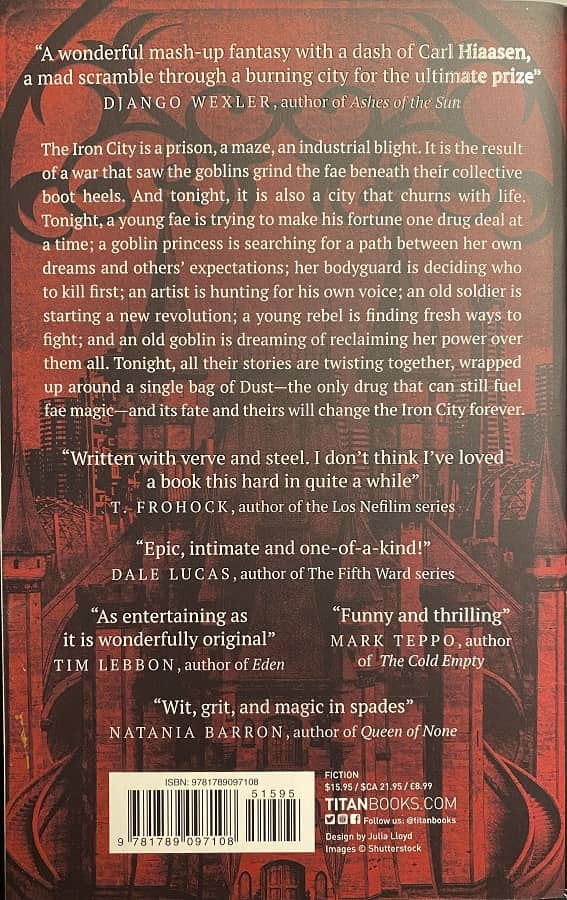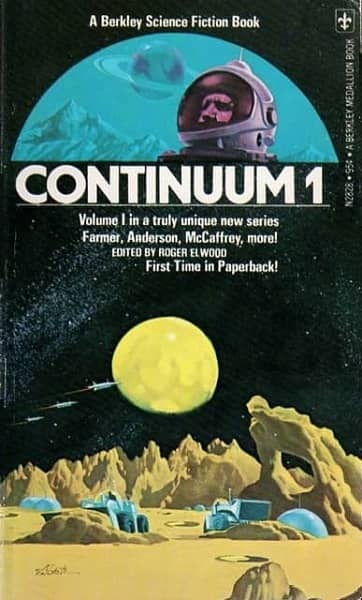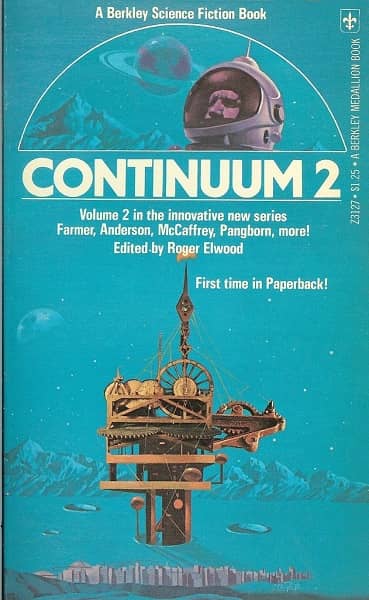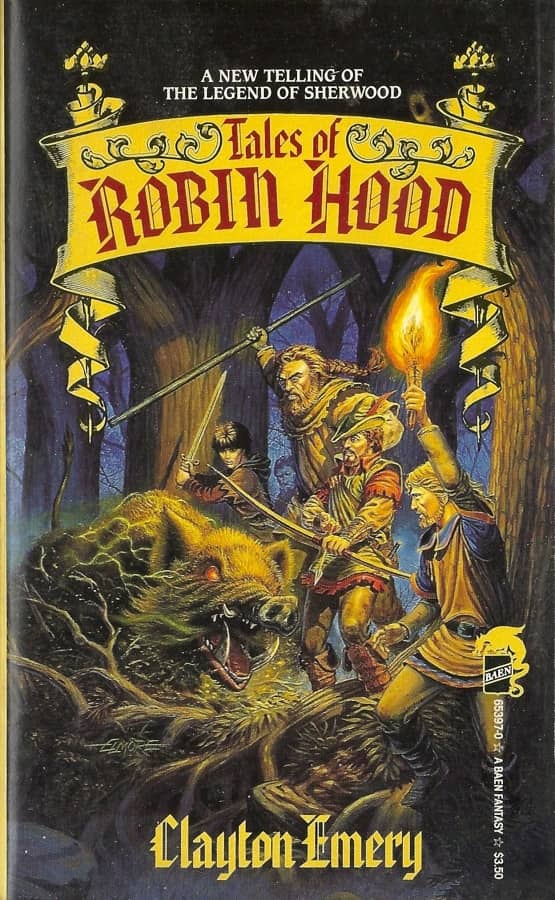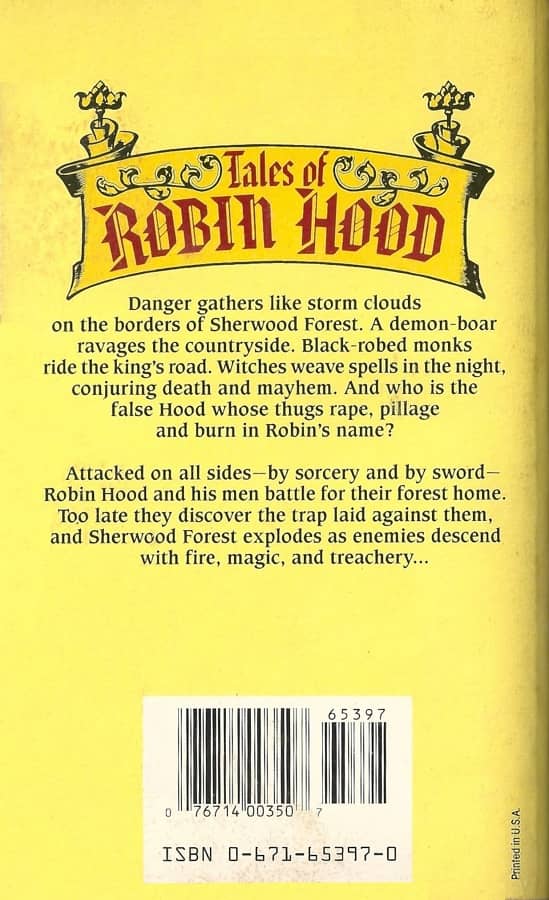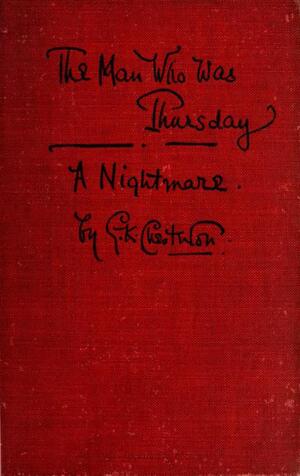Goth Chick News: Traveling the Road of Bones
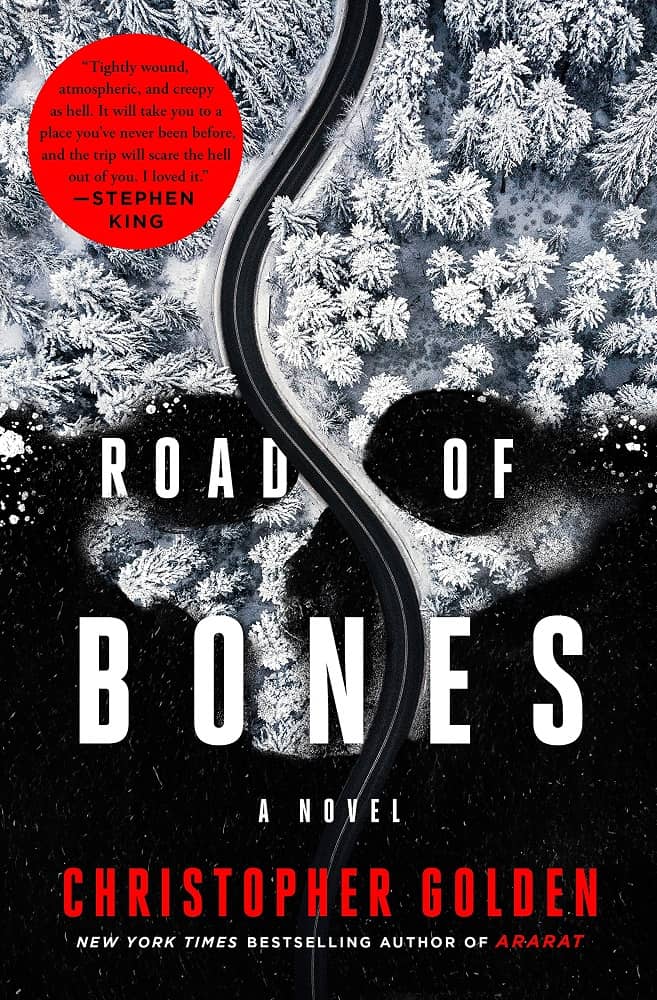 |
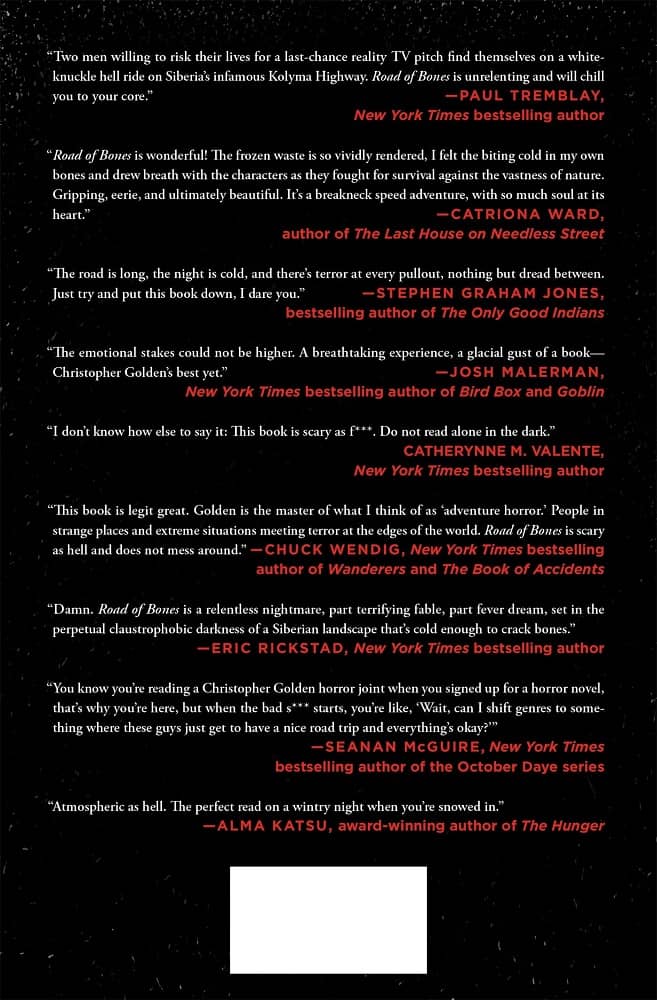 |
Road of Bones by Christopher Golden (St. Martin’s Press, January 25, 2022). Cover artist unknown
I have recently been entertained by a Facebook group called View from My Window. People from around the world post pictures of just that; the view they see outside their windows. The fascinating bit is seeing postings from people in the farthest-flung corners of the globe, including Siberia. I didn’t know much about Siberia before, other than Russian dissidents being banished there, but seeing the pictures made me do a little research. I now know that Siberia is home to 33.7 million people, but that number is a little rough since there is no single precise definition of Siberia’s territorial borders. That population occupies 5 million square miles, so my concept of “sparsely populated” is mostly true. And boy is it cold. The average temperature in January −13 °F (no wind chill factored in) and warmest temps averaging around 50 °F.
So why am I telling you this and what does it have to do with horror?
Because my recent fascination with Siberia coincides nicely with a recent horror release from St. Martin’s Press, titled Road of Bones by Christopher Golden.


